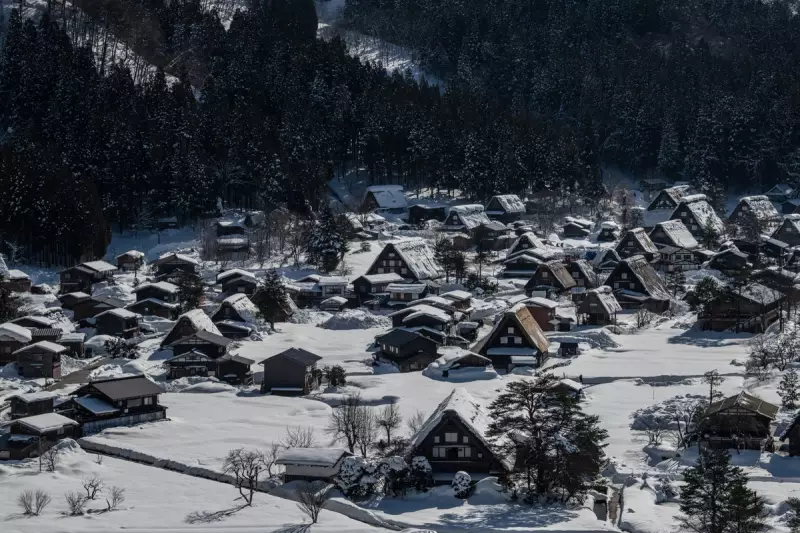
A tranquil hiking expedition in Japan's picturesque Shirakawa region turned to tragedy when a tourist was killed in a rare and brutal bear attack, sending shockwaves through the local community and prompting urgent safety warnings.
The fatal incident occurred in the densely forested mountains of Gifu prefecture, a popular destination for outdoor enthusiasts drawn to its stunning natural beauty and UNESCO World Heritage sites.
Emergency Response and Recovery
Local authorities received an emergency alert around 3:30 PM local time reporting a bear attack in progress. Rescue teams were immediately dispatched to the remote location, where they discovered the victim with catastrophic injuries.
Despite frantic efforts by emergency services, the tourist was pronounced dead at the scene. The identity of the victim is being withheld pending notification of family members.
Growing Bear Encounters Spark Concern
This tragic incident comes amid increasing reports of bear sightings across rural Japan. Wildlife experts attribute the rise in encounters to several factors:
- Encroachment of human development into traditional bear habitats
- Seasonal food shortages driving bears closer to populated areas
- Increasing popularity of rural tourism in previously undisturbed regions
Local officials have issued urgent advisories warning hikers and residents to exercise extreme caution when venturing into forested areas.
Safety Measures for Outdoor Adventurers
Wildlife safety experts recommend several precautions for those exploring bear country:
- Travel in groups and make noise while hiking to avoid surprising wildlife
- Carry bear bells and bear spray where permitted
- Secure all food items properly to avoid attracting animals
- Remain vigilant during dawn and dusk when bears are most active
The Japanese authorities have launched an operation to track and monitor the bear responsible for the attack, while simultaneously reviewing safety protocols for popular hiking trails.
This tragic event serves as a sobering reminder of the unpredictable nature of wildlife encounters, even in regions traditionally considered safe for tourism and outdoor activities.





